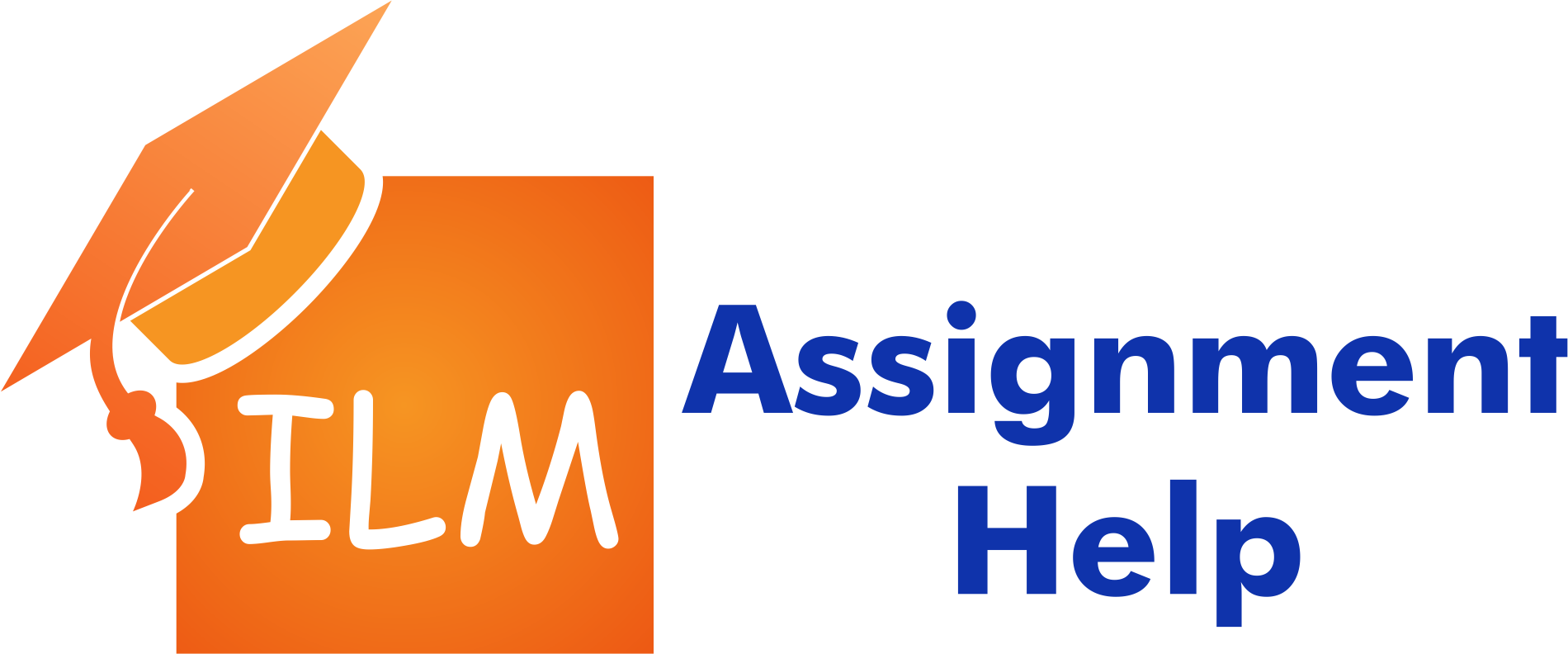Did you enjoy our articles?
Click the order button below to get a high-quality paper.
You can talk to the writer using our messaging system and keep track of how your assignment is going.
Order Now / اطلب الان
The ILM Level 3 module includes the unit 8600-321 Understanding Health and Safety in the Workplace which specifically targets the enhancement of comprehension regarding health and safety principles in a professional setting. First-level managers and organizational leaders bear the responsibility of actively contributing to the establishment of a work environment that prioritizes the well-being and safety of employees. The workplace milieu significantly influences individual performance.
In the context of a fiercely competitive labor market addressing health and safety concerns becomes imperative for organizations aiming to attract and retain top talent. Middle managers play a pivotal role in this regard working towards the overarching objective of creating and sustaining a healthy and safe environment that fosters effective integration and interaction in the workplace.
The primary objective of this unit is to equip managers, particularly those in middle management positions, with the understanding and skills necessary to establish and oversee a healthy and safe work environment. This competency is essential for both practising and aspiring middle managers within the organization. The unit serves a critical function in establishing a comprehensive understanding of workplace dynamics and the principles of health and safety that must be adhered to in the workplace setup. The unit’s instruction spans 7 hours of guided learning and contributes 2 credit values to the overall completion of the ILM Level 3 module.
Unit 8600-321 Understanding Health and Safety in the Workplace, is a versatile module that various leaders within the organization should embrace. Its primary focus is to enhance the capabilities of first-line managers responsible for direct interactions with stakeholders, ensuring sustainable achievement of organizational goals and objectives.
While the unit is primarily tailored for first-line managers, it goes beyond this scope. Top-level management, entrusted with crucial decision-making in the organization, must also possess the skills to manage a healthy and safe environment. Thus, this unit is well-suited for them, providing essential knowledge to inform their managerial decisions and ensuring a foundation in health and safety principles developed within the organization.
Moreover, leaders in other capacities, such as junior managers, line managers, supervisors, or team leaders, can benefit from pursuing this unit. It enables them to enhance their mastery of the principles and information conveyed, crucial for improving their contributions to the organization. By aligning their personal activities and managerial duties with the principles of health and safety within their respective areas of responsibility, these leaders play a key role in fostering a safer and healthier work environment.
Upon successful completion of this unit, learners will acquire the following capabilities:
These comprehensive outcomes equip learners with a thorough understanding of legal and regulatory frameworks, the organizational context, risk management, personal responsibilities, team awareness, and effective monitoring strategies—all vital components in promoting a safe and healthy work environment.
Priority on Health and Safety Policies:
First-line managers are expected to demonstrate a solid grasp of fundamental principles involved in establishing and overseeing a healthy and safe workplace environment. Within this educational domain, learners receive comprehensive information and guidance based on the legal frameworks in the UK that govern the creation and management of work environments. This knowledge is crucial for contextualizing organizational practices and procedures, with a specific emphasis on the well-being of both employees and stakeholders. Moreover, this learning area facilitates the development of skills necessary for analyzing specific environments, fostering a nuanced understanding of the tangible benefits that health and safety policies bring to the organization. This encompasses considerations of ethical, legal, and business obligations to stakeholders concerning health and safety.
Risk Assessment and Management:
This learning segment delves into the fundamental principles of effectively managing a healthy and safe work environment. Participants in this area learn key principles for conducting thorough risk assessments and formulating recommendations within their operational spheres and responsibilities. The guidance extends to cultivating an appreciation for the active roles first-line managers should play in formulating and implementing health and safety policies within the organization.
Given the significant responsibility borne by first-line managers, they are tasked with the critical duty of establishing standards and approaches that contribute to the creation of healthy and safe environments for their team members. This unit’s learning area empowers them not only to comprehend their roles but also to proficiently conduct health and safety assessments, meticulously evaluating hazards and risks within their areas of responsibility.
Upon concluding this unit, learners undergo assessment through diverse methodologies. The primary approach involves a written assessment, requiring a comprehensive response of 2500 to 3000 words addressing questions within the specified area of study. Furthermore, supervised practice is employed as a means of evaluating the learners’ proficiency in applying the acquired principles within a real-world context.
https://www.ilr.cornell.edu/worker-institute/workplace-health-and-safety
The unit focuses on enhancing understanding and proficiency in health and safety principles within the workplace setting. It covers topics such as legislation, risk assessment, and the responsibilities of managers in fostering a healthy and safe work environment.
The primary audience includes first-line managers, leaders, and individuals responsible for ensuring health and safety within the organization. However, it is valuable for a range of leaders, including top management, junior managers, line managers, supervisors, and team leaders.
Assessment involves two key methods. The first is a written assessment, requiring a comprehensive response of 2500 to 3000 words addressing questions related to the area of study. The second method involves supervised practice, evaluating the ability to implement learned principles in a real-world context.
The unit covers a range of topics, including understanding legislation and regulations, organizational policies, hazard and risk differentiation, risk analysis, personal responsibilities, team awareness, and effective strategies for monitoring health and safety in the workplace.
The unit is typically taught in 7 hours of guided learning. However, the duration may vary depending on the learning pace and mode of delivery.
Related Articles:
Click the order button below to get a high-quality paper.
You can talk to the writer using our messaging system and keep track of how your assignment is going.
Order Now / اطلب الان
